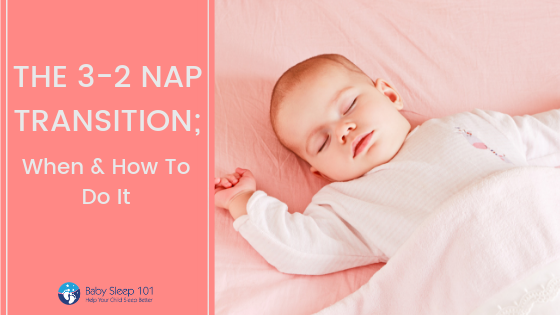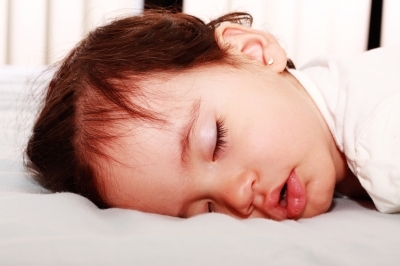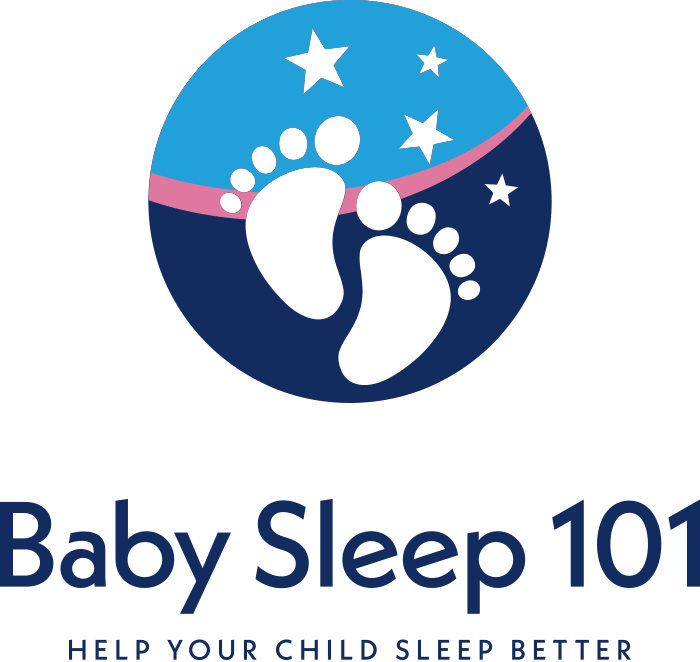3-2 Nap Transition
It should come as no surprise that infants and children sleep a lot more than adults. This is because sleep plays a vital role in growth, development and cognitive functions. Children are undergoing these things at a more intense rate than adults so it stands to reason that they require more sleep to be able to grow and develop properly. This is one of the reasons that children nap during the day. Naps are important for helping children form overall healthy sleep habits and patterns.
Sleep Debts
When naps are missed, something called a sleep debt, forms. This debt is the cumulative difference between sleep needed and sleep actually attained. Overtime, if this debt grows larger, or isn’t recovered, children become overtired. This leads to a whole host of problems that can include night wakings, early morning risings, short naps, plus more. You can read more about overtiredness and sleep debts here.
You can think of a sleep debt like a financial debt. If you have withdrawn one hundred dollars from your overdraft account, you are in debt. You owe your account one hundred dollars. If this isn’t repaid, interest is accrued, increasing the debt.
Repaying the sleep debt, or not having one to begin with, involves having an age-appropriate nap routine. Most children under three years of age will need a nap in some form while they’re still rapidly developing. However, it’s not unusual for many kids to continue napping until they start full day school in Kindergarten or Grade One.
What is the 3-2 nap transition?
Before we get to that stage where naps are cut out all together though, we have to overcome the first “official” nap transition. The first nap transition that many parents encounter is the 3-2 nap transition. This is when the child no longer needs their third nap of the day. This third nap is often referred to as the catnap because it’s usually shorter than the other two naps. The third nap usually only lasts one sleep cycle (30-45 mins).
When does the 3-2 nap transition occur?
Knowing when to drop a nap can be confusing for parents. On average, a child will be ready to drop their third nap between 6-9 months of age. However, if the child has developed independent sleep skills and is taking long naps of about 1.5-2 hours, they may lose this nap earlier.
How do we know they are ready?
There’s no ‘one-size-fits-all’ for nap transitions. Usually by 6-9 months most children will be ready for the 3-2 nap transition. You’ll also be able to tell if your child is ready if their routine starts to shift slightly. If they have two longer naps that have become well established this shows that they are aligned with the child’s biological sleep circadian rhythms.
Another sign that your child is ready to drop their third nap is when no matter what you do, regardless of the tricks you pull out of your sleep bag, they just won’t sleep! I distinctly remember driving my daughter around in the car to get her to sleep for the third nap and eventually even this stopped working. She just stayed awake the whole time.
Other signs your child no longer needs the third nap:
- Your child is 6-12 months old
- Your child might appear tired but still refuses the nap no matter what you do
- All of your usual go-to “tricks” stop working. Things like nursing, feeding, rocking, bouncing and driving rarely work or stop working all together
- The other two naps become long and well established in their routine
- Because of two prolonged naps, it seems too late into the afternoon to introduce a third nap. You might find yourself wondering “should I try another nap or just do an early bedtime?”
- As your baby lengthens naps one and two, the third nap may push bedtime too late.
- The other two naps might stay short but become well established. This is common around 7-8 months of age
Signs that they still need the third nap
- Throughout the week, there are more days than not that they are taking the catnap
- Your child is going through a big development like trying to sit up, stand or crawl. A surge in brain development often coincides with another part of development regressing, like sleep
- If you offer more awake time between nap two and the catnap, they start to take it again.
How to transition from 3-2 naps
In order to make this transition successful, naps one and two must be at least an hour and a half long. For babies younger than six months, short naps are common as their sleep/wake cycles fully mature which makes transitioning to a two nap routine at this point, rare. However, if your child is taking a morning and an afternoon nap that are closer to two hours in length, then they may be ready to drop nap three.
Once you decide to drop the third nap, you need to move bedtime earlier so your child isn’t awake for too long. Most babies napping twice per day settle into a bedtime of 5-7 pm. Yes, I said 5pm. No, that’s not a typo. 😉
Early Bedtimes During the 3-2 Nap Transition
When moving your baby’s bedtime, it needs to reflect the dropped nap. We want to avoid creating a sleep debt, so we need to replace the missing day time sleep with night sleep until the child can handle longer wake periods. Depending on their age when they drop the catnap, they still may only be able to handle a two hour wake period.
This is how we end up getting to a 5pm bedtime.
For instance, if the child is 6 months old and nap two lasts from 1-3pm, even after that great nap, they can only sustain a two hour wake period, given their age. If you’ve tried for a catnap and it’s not happening, they need an early bedtime of around 5pm.
Once your child is ready to drop the third nap, or is refusing to take it, then stop offering it and move bedtime up earlier.
The early bedtime won’t last forever, it’s just while they are adjusting to the two nap routine. Put your baby down for the night when they need it, and put up your feet and enjoy.
Nap Transitions Summary
Nap transitions can often be tricky and sometimes, they can be downright awful. Deciding when the right time is for your baby to drop a nap can be confusing for the best of us. Listen to the signs that your child is giving you. If they don’t want that third nap and their other two naps get longer, that could be a sign that they’re ready to transition.




